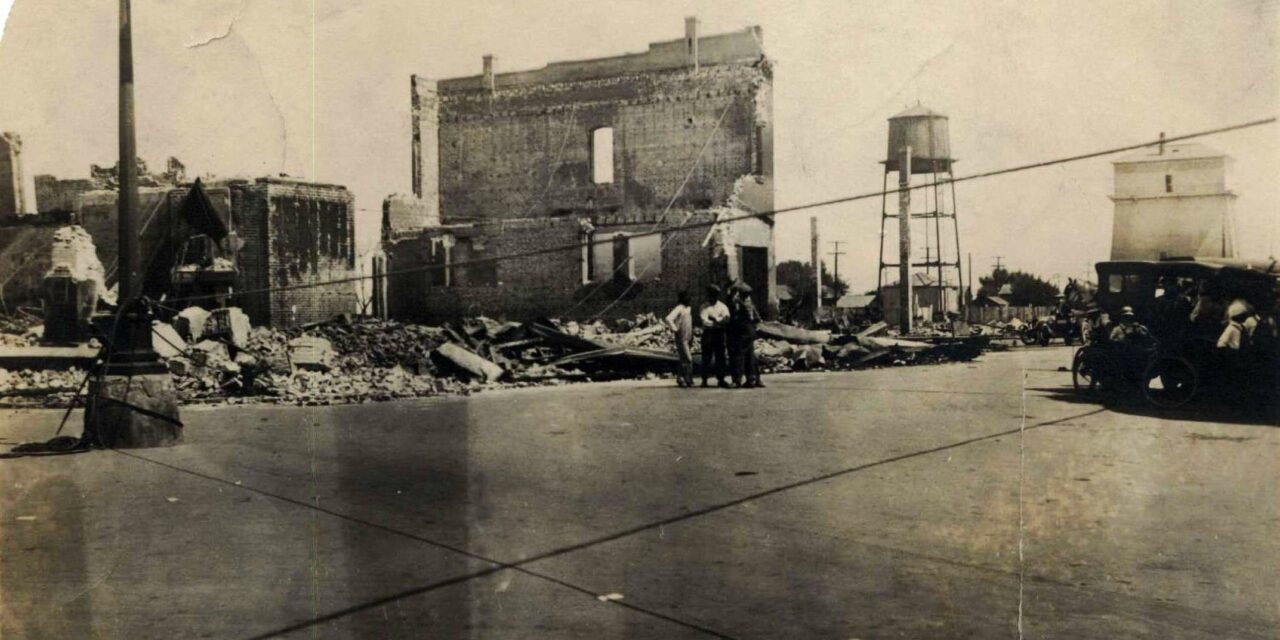In my previous articles I explained how the Exchange Contractors trace our history back to the beginning of the development of the Central Valley.
This history can be seen locally through our longstanding relationships with Los Banos, through our member entity Central California Irrigation District and its predecessor, the San Joaquin and Kings River Canal Company.
These relationships started during the Miller and Lux days. Los Banos moved to its present location in 1889 when the railroad came through and established the township site.
Its earliest water system was owned and operated by Miller and Lux, which received its water supply from the Canal Company’s Main Canal. The Main Canal was constructed in the early 1870’s to divert water from the San Joaquin and the Kings Rivers for irrigation in the western portion of Fresno, Madera, Merced, and Stanislaus counties.
The water was very good quality river water delivered into an irrigation ditch and to Miller & Lux’s pumping station, which lifted it into its water tower. The location of that facility was at the northeast corner of 7th and I Streets downtown Los Banos.
That system worked wonderfully until the fire of 1919 consumed nearly all of the wooden buildings in the downtown area which was, at least partially, due to the insufficient flow capacity in the system for fighting fires.
Later that year the city passed a $103,000 bond to purchase the water system from Miller & Lux and improve it and began engineering and constructing an upgraded water system to provide water and fire protection to the growing community.
The city relocated the “water works” to its present location on Center Avenue just south of Madison Avenue and on the north bank of the Canal Company’s Main Canal.
The city continued to use the river water delivered by the Canal Company until sometime in the late 1940s or early 1950s. In anticipation of the Exchange Contract coming into operation, through which the Canal Company would ‘exchange’ its use of very pure San Joaquin River water for a lower quality supply from the new Delta-Mendota Canal system, the city wisely decided to drill groundwater wells to replace surface water before the exchange occurred in August 1951.
That same year, 1951, the landowners within the Canal Company voted to form CCID, a public entity, and buy out the Canal Company.\
In 1952, CCID drilled its first water production wells throughout the district. These would complement the wells its landowners had already been using to supplement surface supplies from the Delta-Mendota Canal, especially during drought periods when surface water supplies are reduced.
That relationship between the city and CCID thankfully continues today. As we face drought, and unreliable distributions of water from the Central Valley Project, sustainably developing local groundwater supplies for use by both entities remains as important now as it was then.
In the next article I will describe the local evolution of groundwater use, regulation and how that affects all of us today.

